Deadlight
Have you played any games with zombies lately? If you have been playing any games at all in the last two years, there’s a very good chance you have set your foot in a post-apocalyptic, zombie-infested world at least once. Because zombies are pretty much everywhere these days. Not literally speaking, of course, but they are in a lot of computer games and it has proven to be a successful recipe for developers: The (very unfinished) stand alone version of Day Z has been on the number one spot on Steam’s top seller list for weeks now. People must really love their zombies.
Personally, I’m not much of a zombie person. The main reason is that I don’t enjoy horror, or any horror sub genre. I can take my zombies mixed in with humor, Shaun of the Dead is a great movie, but there’s no way I’ll never manage to sit through Dawn of the Dead. I think we can safely conclude that I’m a pussy.
But, in spite of my healthy skepticism towards zombies, the game Deadlight, by Spanish developer Tequila Works (there’s a pun in here somewhere, I know it), somehow pique my interest. The screen shots looked amazing, the sound track was incredible, and the zombies were so tiny and slow, they could easily be outrunned. Right?
So when Deadlight appeared on a Steam sale last year, I finally decided to pick it up. With a real risk of sleepless nights ahead of me - not because I would be playing all night, rather because I would sit in the far corner of our bedroom with a baseball bat, waiting for zombies to bust down the door - I installed the game.
And what an install it was. Deadlight weights in at over 4 gigabytes, pretty massive for something that is basically a sidescroller. But there’s a reason for this, and a pretty good one, too. Deadlight uses the Unreal engine, and a lot of really great textures to create an amazing looking post-apocalyptic world. It simply looks stunning, and I’ve found myself stopping from time to time just to have a look at the creator’s vision of 1986 Seattle after the apocalypse.
What probably adds to the size of the game, and without doubt the complexity of the design and game play mechanics, is that even though Deadlight is a sidescroller, it’s not actually 2D: You, playing as Canadian Randall Wayne, can only move in two dimensions: Up and down or left and right, just like in most other sidescrollers. The zombies, or Shadows, as they are called in the game, can sometimes move in and out (or along the Z-axis, if you like) as well, which means that even when everything seems calm a Shadow or five might suddenly come running towards you down a hall you cannot run down yourself.
This 2.5D concept is an interesting one, but it sometimes puts you in some particular situations. Your passage might be blocked by a car wreck that you can get over by jumping it, but the Shadows are mostly unable to climb anything, meaning that they can’t follow you beyond the car wreck. They could, however, have managed that, had they only moved around the car, something they probably should have been able to, since they just came running up that hallway. But I’m nitpicking.
The learning curve in Deadlight is perfectly balanced. As you move through the devastated remains of Seattle, you have to solve the occasional puzzle. They are mostly based around using the environment, moving boxes and hitting specific targets, with a little bit of timing mixed in just to spice everything up. The puzzles are generally pretty easy, and made even easier with the hint messages and environmental highlighting, but both can be turned off if you want to up the ante a little.
Wayne’s stamina will decrease if you put him through any physical endeavors, like running, hanging from a ledge, swinging the fire axe to decapitate Shadows or any other physical activity. This means that you can’t just run around wildly waving your axe: When your stamina runs out, you will get bitten. And when you get bitten, you die. There is no option to save in Deadlight, and saving is done automatically at given checkpoints. Thankfully, the checkpoints are very forgiving and you’ll never respawn far from where you died.
So, yes, Deadlight is a great game, but it also has a few drawbacks. For some reason, there’s no difficulty settings, meaning that if you have beaten the game once, there’s no way to beef up the difficulty and make a second play through more challenging. Also, there’s no resolution or quality settings and the game will simply max out everything for you. On my laptop, this results in rather sluggish gameplay, but on my desktop it’s all right.
The most annoying thing about Deadlight, though, is the bugs. I’ve experienced the odd hangs, especially when going from the game into the game menu, but also during checkpoint loading. The only solution has been to kill the game and restart it. The audio also sometimes disappears during the cut scenes, which was very annoying the first time it happened since I’d turned off the subtitles. It’s hard to follow the story told by the cut scenes without the audio and no subtitles. These bugs are the main reason the review score I gave the game is as low as it is, without the bugs, Deadlight would have been absolutely amazing.
But if you can live with these shortcoming and bugs and you like puzzle games with zombies, set in a post-apocalyptic world, or any of the genres, you should buy Deadlight. After about 5 hours of gameplay, I’m at 60% completion, and even though I’m not a fast player, the game is good value for money at the current price (11,99€ on Steam). If that’s a bit pricey for you, though, Deadlight tends to pop up on sale occasionally, so if you’re the patient type you can get the next time it’s on sale.
Deadlight is available from pretty much every online retailer, like Steam and Amazon. You can also buy Deadlight on Xbox Live.
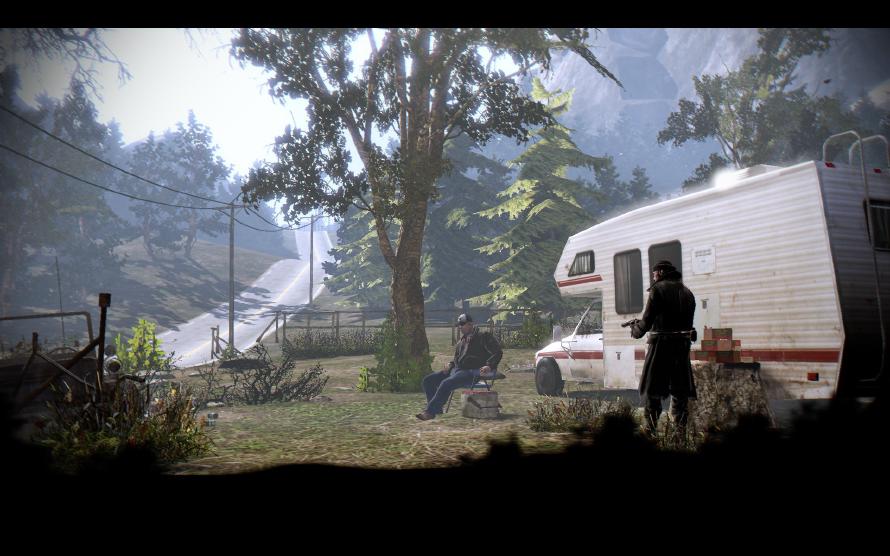
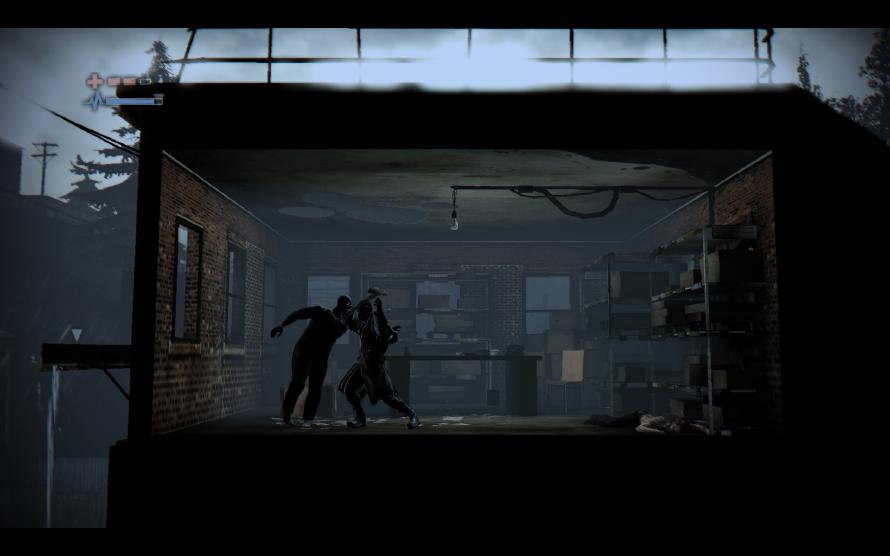
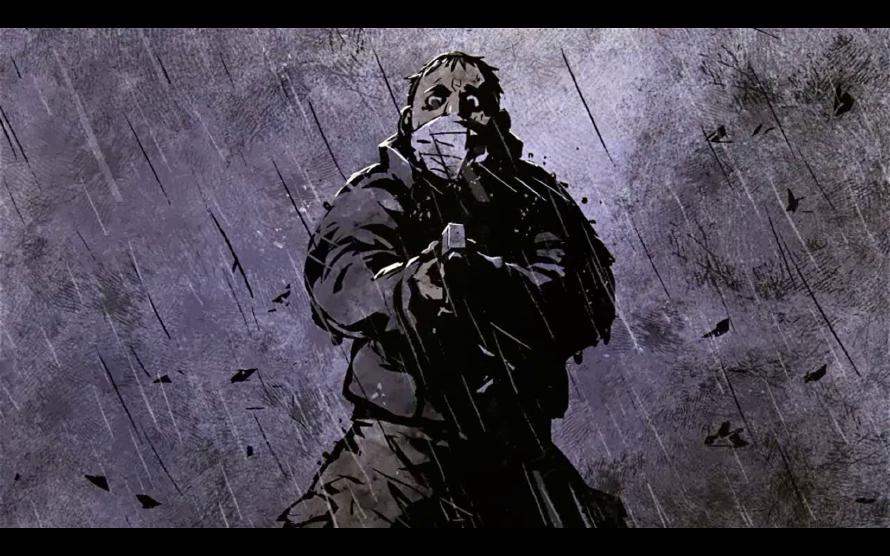
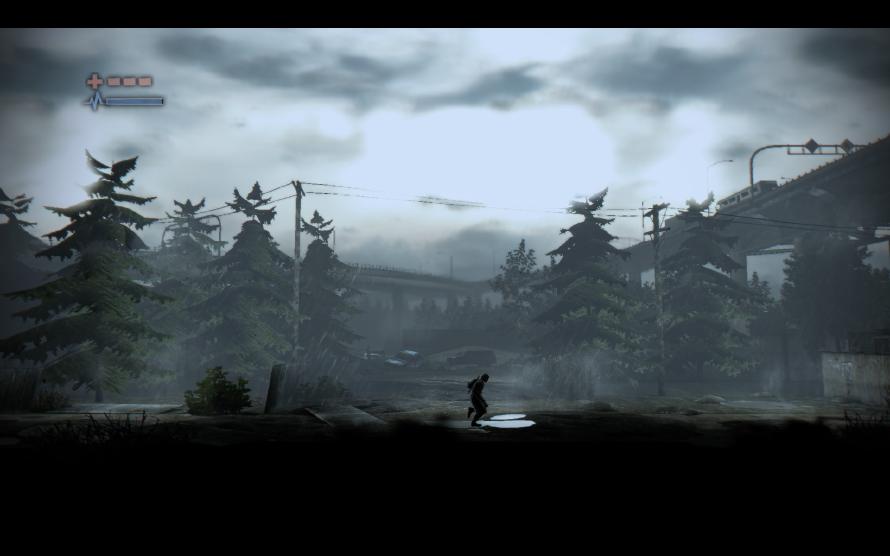
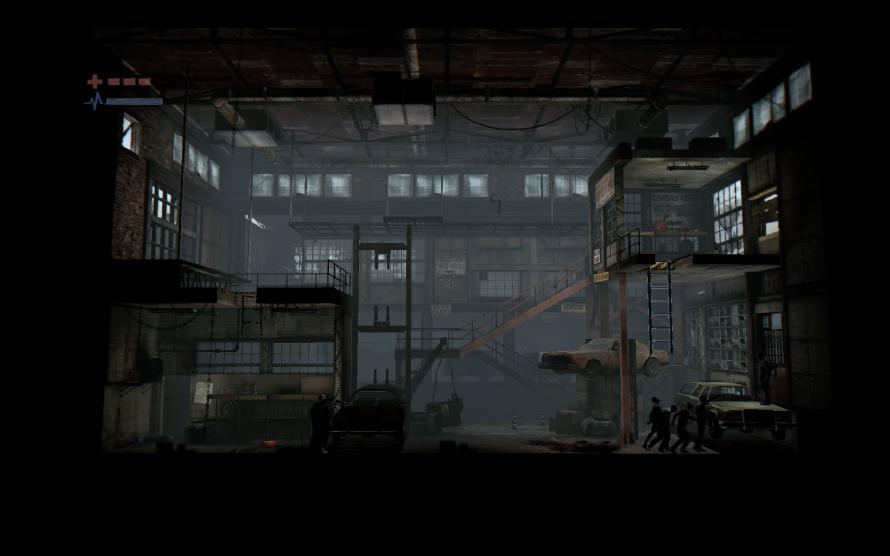
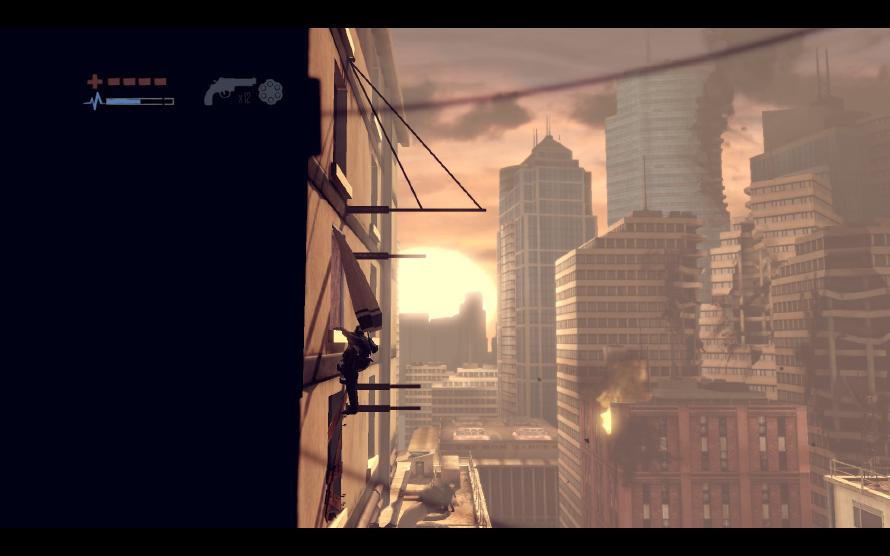
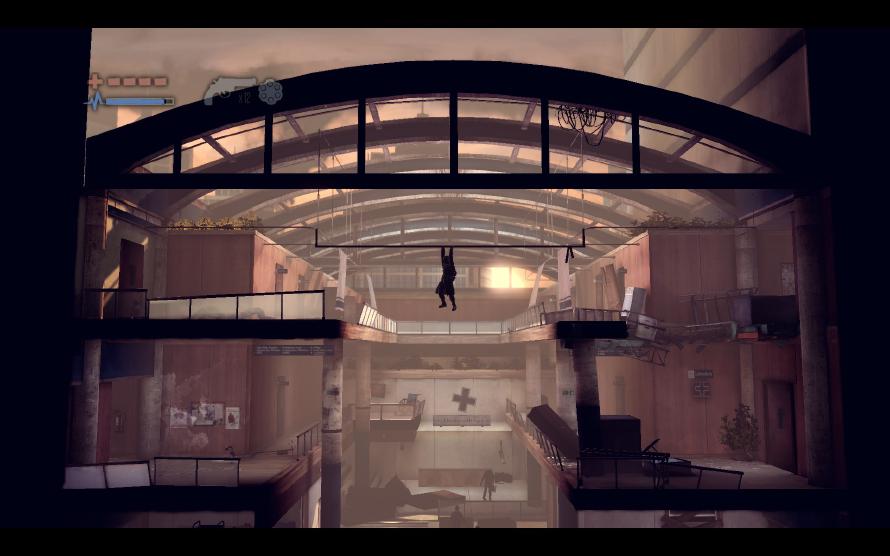
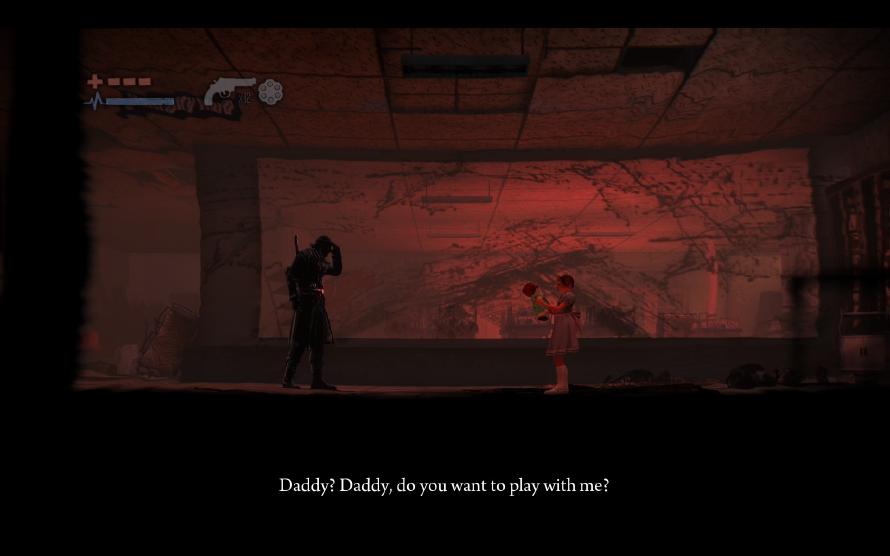
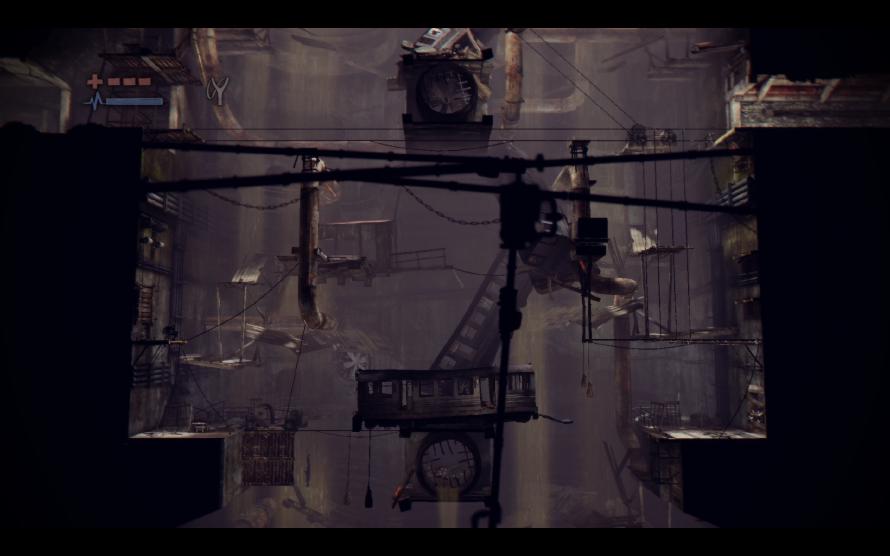
Feedback
This post has no feedback yet.
Do you have any thoughts you want to share? A question, maybe? Or is something in this post just plainly wrong? Then please send an e-mail to vegard at vegard dot net with your input. You can also use any of the other points of contact listed on the About page.